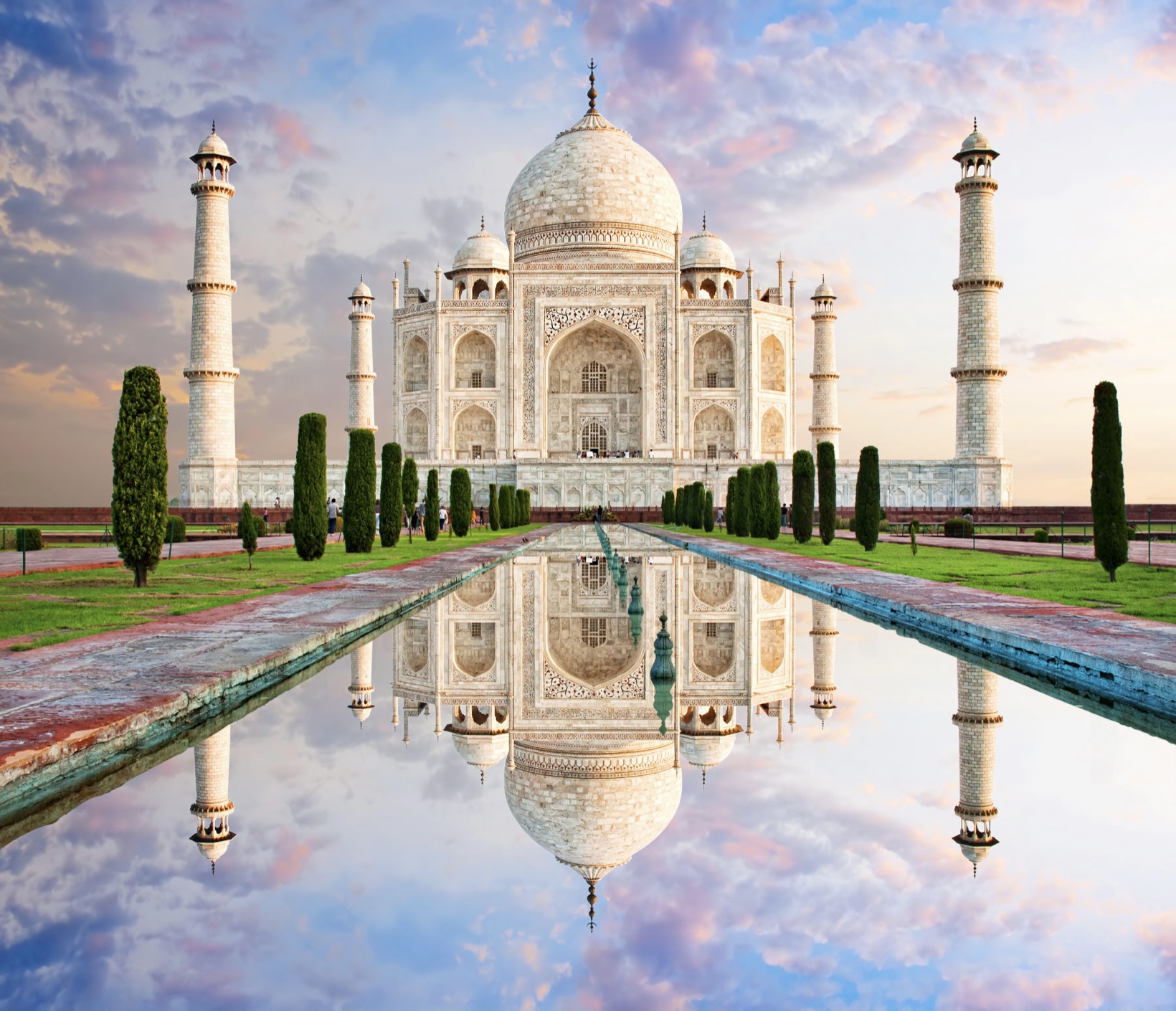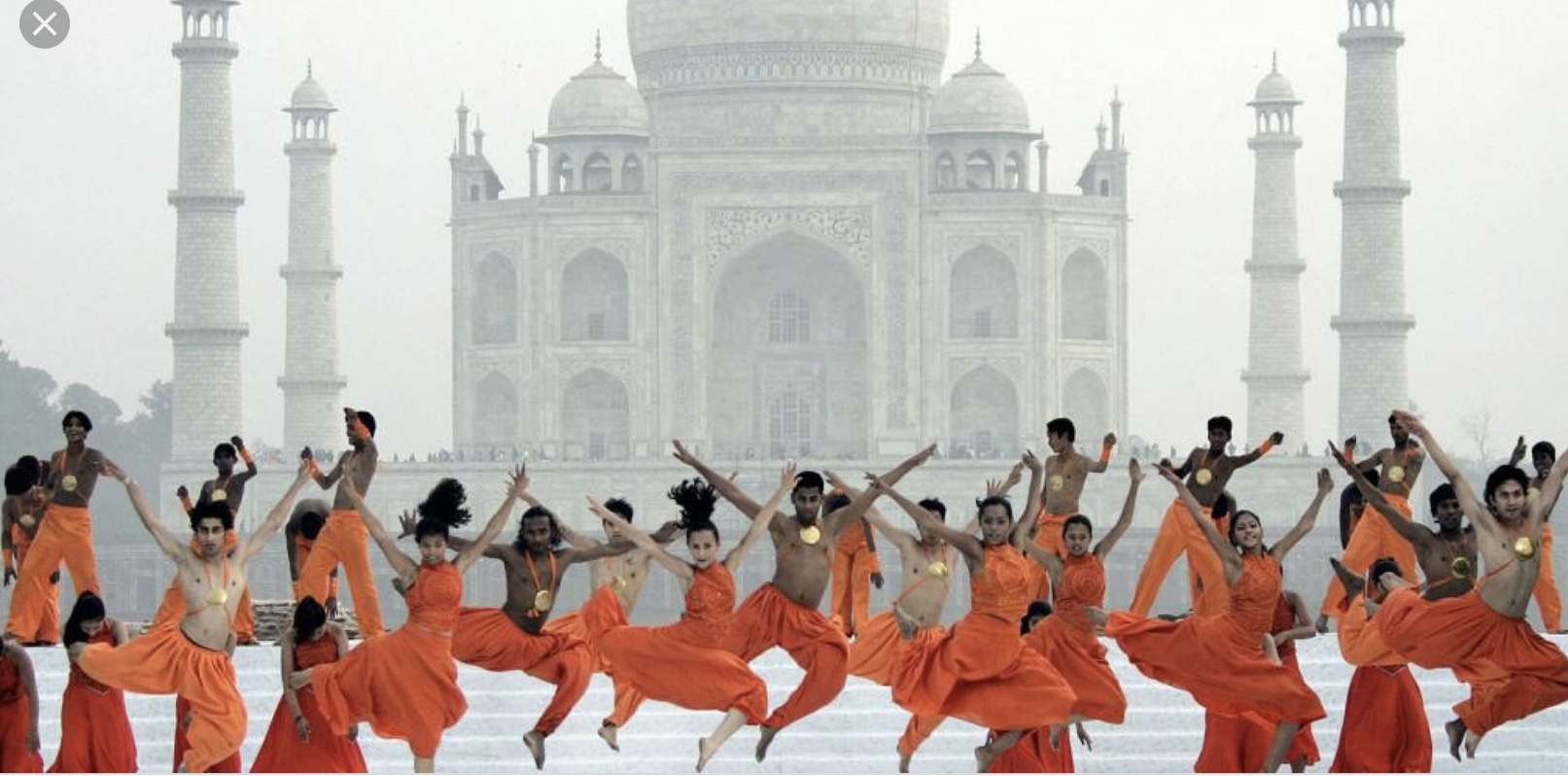





The Taj Mahal attracts a large number of tourists. UNESCO documented more than 2 million visitors in 2001,[61] which had increased to about 7–8 million in 2014.[62] A two-tier pricing system is in place, with a significantly lower entrance fee for Indian citizens and a more expensive one for foreigners. In 2018, the fee for Indian citizens was ₹50, for foreign tourists ₹1,100.[63] Most tourists visit in the cooler months of October, November and February. Polluting traffic is not allowed near the complex and tourists must either walk from parking areas or catch an electric bus. The Khawasspuras (northern courtyards) are currently being restored for use as a new visitor centre.In 2019, in order to address overtourism, the site instituted fines for visitors who stayed longer than three hours.[66] The small town to the south of the Taj, known as Taj Ganji or Mumtazabad, was initially constructed with caravanserais, bazaars and markets to serve the needs of visitors and workers.[67] Lists of recommended travel destinations often feature the Taj Mahal, which also appears in several listings of seven wonders of the modern world, including the recently announced New Seven Wonders of the World, a recent poll with 100 million votes.[68] The grounds are open from 06:00 to 19:00 weekdays, except for Friday when the complex is open for prayers at the mosque between 12:00 and 14:00. The complex is open for night viewing on the day of the full moon and two days before and after,[69] excluding Fridays and the month of Ramadan. Foreign dignitaries often visit the Taj Mahal on trips to India. Notable figures who have travelled to the site include Dwight Eisenhower, Jacqueline Kennedy, Jimmy Carter, George H.W. Bush, George Harrison, Mark Zuckerberg, Vladimir Putin, Princess Diana, Donald Trump, Justin Trudeau, Prince Charles, Queen Elizabeth and Prince Philip.